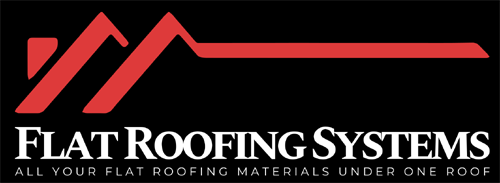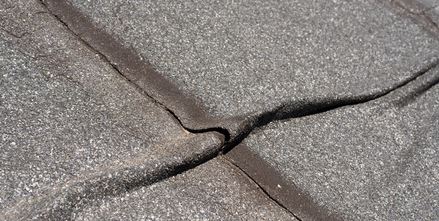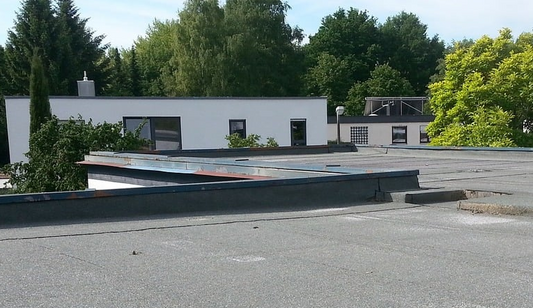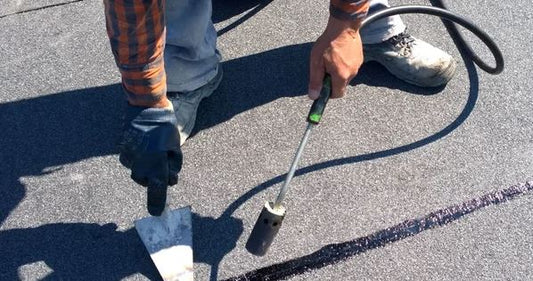If you’re looking for a roofing solution for either a commercial property or a residential flat roof, EPDM rubber roofing is an outstanding pick. Known for its toughness and strong water resistance, it keeps leaks at bay while offering a cost-conscious, long-lasting fix.
One of the best parts? Installation is refreshingly simple. All you need is a tidy surface and common tools such as rollers and cutters. Ongoing care is equally straightforward — just bi-annual checkups and routine cleaning will keep the roof performing at its best. On top of that, EPDM is eco-friendly since it’s recyclable and often produced with reused materials. With the right installation practices, you can stretch the lifespan of your EPDM roof even further.
Key Highlights
- Highly resilient: EPDM roofing stands up to harsh weather, UV rays, and ozone, giving it an impressive lifespan.
- Seamless installation: Fewer joins mean fewer leaks, which also lowers upkeep costs in the long run.
- Simple setup: Requires a clean, dry base, a few standard tools, and attention to manufacturer instructions.
- Easy maintenance: Twice-yearly inspections, debris removal, and drainage checks help prevent damage.
- Fixable issues: Problems like seam gaps, punctures, or pooling water can be managed with tape, sealants, or slope adjustments.
Understanding EPDM Rubber Roofing
EPDM (Ethylene Propylene Diene Monomer) is a synthetic rubber roofing product celebrated for its endurance and flexibility. While it’s commonly spotted on large commercial buildings, it’s also a wise choice for residential flat or gently sloped roofs.
The material is crafted from a mix of ethylene, propylene, and a small portion of diene, which provides the rubber with its elastic properties. Available in black or white sheets, EPDM comes in various thicknesses (typically 45–90 mils) and widths. It can be installed with adhesives, fasteners, or even weighted down with stone ballast, making it highly adaptable to different roofing needs.
Its natural resistance to UV and ozone contributes to an extended service life, and its lightweight nature makes handling and installation easier, often trimming labor expenses.
In short, EPDM isn’t just about covering your building — it’s about selecting a solution that’s both practical and efficient across different climates.

Key Advantages of EPDM
Durability is the standout trait of EPDM. It tolerates scorching summers and freezing winters without cracking, drying, or breaking down. Its strength against ultraviolet rays and ozone makes it a superb option for long-term protection.
Water resistance is another win. With its ability to shed leaks and moisture damage, EPDM provides peace of mind. Thanks to its mostly seamless installation, the usual weak spots of other roofing types are minimized.
Maintenance is refreshingly low-key. Unlike materials that demand frequent fixes, EPDM only requires light care such as inspections and basic cleaning.
And then there’s the cost. EPDM is one of the most economical yet dependable roofing materials you’ll find today. The installation process is simple, less labor-heavy, and often faster, which further reduces expenses. Choosing EPDM means choosing a solution that’s both budget-friendly and built to last.
Comparing EPDM with Other Roofing Materials
When weighing your options, it helps to compare EPDM with alternatives like PVC:
- Durability: EPDM typically lasts longer, while PVC may become brittle over time.
- Cost: EPDM is usually more affordable than PVC.
- Installation: Easier to fit, often lowering labour costs.
- Energy performance: PVC reflects sunlight better, making it a smart choice for hot climates. EPDM, however, retains warmth, working better in cooler regions.
- Environmental impact: EPDM is more eco-conscious since it’s recyclable and often made from recycled inputs, unlike PVC, which contains chlorine and harsher additives.
Preparing for Installation
Before starting your EPDM roofing project, preparation is essential. Clear the roof of debris and check for any moisture problems or structural damage. Measure carefully to avoid material shortages — having a little extra is safer than not enough.
Stock up on supplies: EPDM rolls, adhesive, sealant, rollers, brushes, cutters, and safety equipment like gloves and harnesses. And don’t forget to check the forecast — dry weather is crucial for proper bonding.
Step-by-Step Installation
- Roll out the EPDM sheet over a clean, dry roof. Allow it to relax for 30 minutes to smooth out wrinkles.
- Fold back one half, apply adhesive evenly, then carefully roll the sheet back into place, avoiding air pockets.
- Seal the edges with adhesive and press firmly.
- Trim excess membrane for a tidy finish.
- Inspect seams and edges to confirm a watertight seal.
Tools and Materials Checklist
- EPDM rolls
- Utility knife (sharp for precise cuts)
- Adhesive and seam rollers
- Measuring tape, chalk, or markers
- Flashing for edges and fixtures
- Sealant for added protection
- Safety gear (gloves, goggles, harness, ladder)
Essential Maintenance Tips
- To keep your EPDM roof in top condition:
- Inspect regularly: Twice a year, check for cracks, loose edges, or wear.
- Clear debris: Remove branches, leaves, and dirt to prevent trapped moisture.
- Check drainage: Make sure gutters and drains are unblocked to avoid pooling water.
- Trim trees: Prevent scratches or punctures from overhanging branches.
- Refresh sealants: Keep an eye on seams and reseal where necessary.
Common Troubleshooting
Even with proper care, occasional issues may crop up:
- Leaks or seam gaps: Apply seam tape or sealant.
- Shrinkage: Contact a pro if the membrane pulls away from edges.
- Punctures or tears: Clean and patch the area with EPDM material.
- Pooling water: Reassess the slope or add drainage points.
Wrapping Up
EPDM rubber roofing is a durable, economical, and eco-friendly option that works equally well for commercial and residential properties. By preparing properly, following installation steps carefully, and performing simple upkeep, you can enjoy decades of reliable protection.
With the right care, your EPDM roof won’t just cover your building — it will safeguard it for years to come.




